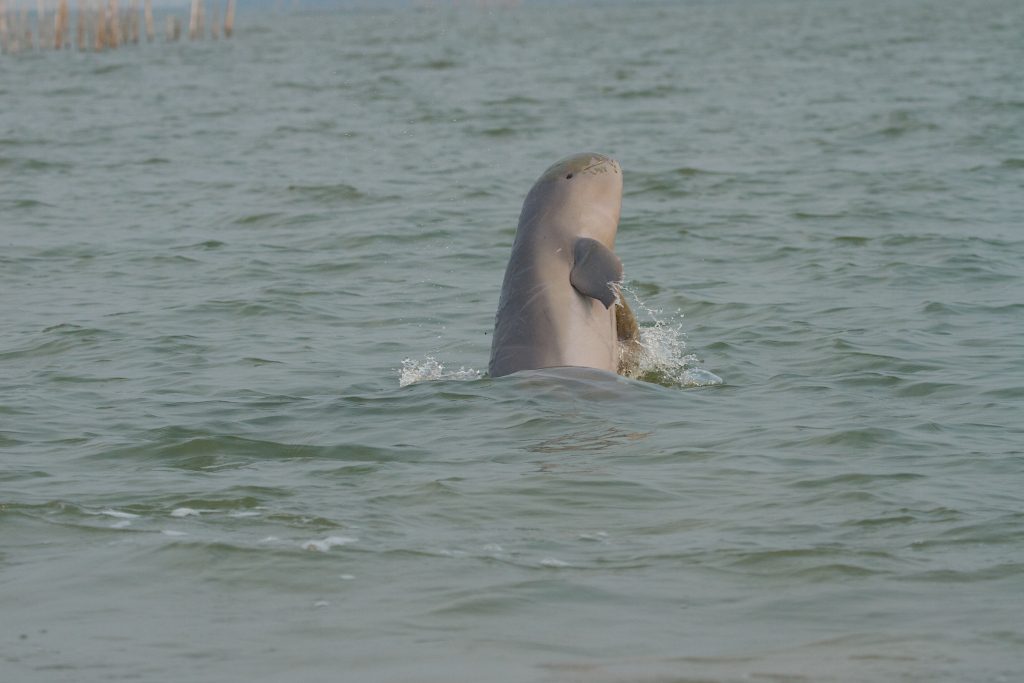Brahmagiri: The Chilika lake, that spreads over three districts in Odisha, occupies a special place in the world tourism map. Thousands of tourists from across the globe often visit the brackish water lake to watch Irrawaddy dolphins. However, frequent deaths of the rare aquatic animal in Chilika have become a cause of concern for wildlife experts and environmentalists.
Dolphins were first spotted in the lake way back in 1915. Locals usually call them as Basia Magar, Khera and Sishumara. The aquatic animal can grow up to 2.23 metres and live around 30 years.
According to wildlife experts, a female dolphin can procreate only after reaching six years. Moreover, a female dolphin usually reproduces once in every two or three years.
A census conducted in Chilika January 17, this year has confirmed the presence of 155 dolphins in the lagoon. Since then, four dolphins were reported dead.
The carcass of a male dolphin was spotted in Chilika within a week of the census while another dead dolphin was found January 25, sources said.
Moreover, the carcass of an Irrawaddy dolphin was recovered from the lagoon February 13. Fishermen had spotted a dead dolphin near Nuapada Saturday.
The veterinarians have confirmed that three dolphins died of pneumonia while another succumbed to injuries caused by motorized boats.
Wildlife experts are of the opinion that huge inflow of silt from rivers over the years has virtually made the lake inhospitable for dolphins. Moreover, massive water pollution due to the use of pesticides and chemical fertilizers in agricultural lands is also harming the aquatic animals in Chilika.
Some wildlife experts have also blamed sound pollution in the lagoon for dolphin deaths. They claimed that the operators of mechanised boats often chase dolphins to provide a clear view to the tourists. Consequently, a few dolphins sustained injuries by colliding with the boats.
Apart from that, pneumonia has become a major threat to the animal recently. Shortage of food, depleting level of oxygen in Chilika water and infections are causing pneumonia among the Irrawaddy dolphins.
Forest department officials claim that a matured dolphin needs at least 20 kg fish per day. However, frequent movement of motorized boats in the sensitive zones usually causes food shortage for the aquatic animal.
“An Irrawaddy dolphin usually comes to the surface level of the lake in every 28 seconds to breath. But, movement of mechanised boats causes trouble for them to come to the surface. Oxygen shortage is a major cause of pneumonia among dolphins,” said a wildlife expert.
The state government has constituted a special squad to protect dolphins in the lake. The squad comprising officials of Forest department and Chilika Development Authorities is supposed to conduct regular patrolling in the sensitive zones and take action against errant boat operators. Notably, the Wildlife Act 1972 prescribes for imprisonment up to 7 years and monetary fines up to Rs 25,000 for people who cause harm to dolphins.
“The dolphin squad is supposed to impose penalties on boat operators who are chasing dolphins within a distance of 30 metres. However, the squad has not penalised a single boat operator in last five years,” said a source.
